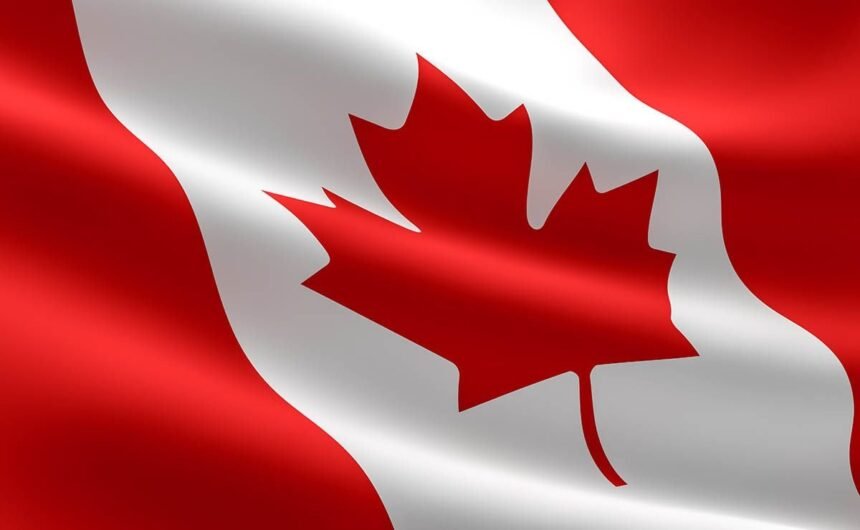
Image © Adobe Stock
The pound has scope to rise against the Canadian dollar in a week dominated by Canadian employment data and a Bank of England interest rate decision.
The pound to Canadian dollar exchange rate (GBP/CAD) is fresh off an uninterrupted run of ten consecutive daily losses and in need of recuperation.
Signs that sellers are losing their grip on the market are emerging with GBP/CAD rising to 1.8439 on Monday, having tested a low at 1.8325 on Wednesday.
Gains are modest, but the pair is stabilising from the selloff as it rises back to its nine-day exponential moving average (EMA), presently located at 1.8517.
Exchange rates tend to spend most of their time close to their nine-day EMA and the current lift in GBP/CAD reflects an effort to close the gap: it’s a recalibration from an intense selloff and therefore not some sign of a major turnabout in fortunes for GBP/CAD.
There’s also some decent support tramlines located in the 1.8229-1.8230 zone, as per the chart, which has tended to be the bottom end of the broad sideways path that GBP/CAD has oscillated within since March.
There’s a good chance this zone will offer sterling some support and makes the case for a more constructive outlook in the week ahead.
The first key event to watch in the coming days will be in the U.S., as Tuesday brings U.S. ISM manufacturing survey data, which will offer insight into the state of the U.S. economy’s manufacturing sector.
This data gains more prominence as the U.S. government shutdown has meant official economic data has become scant, meaning traders are left dependent on data from the private sector.
But why does this matter for the Canadian dollar? Because the Canadian dollar is closely aligned with the U.S. dollar, meaning GBP/CAD has been tracking GBP/USD fortunes. If GBP/USD recovers on the back of U.S. data, there’s a good chance GBP/CAD can recover too.
The big U.S. release will be Thursday’s ISM services release, as the services sector is far larger than the manufacturing sector.
Turning to GBP/CAD specifics, Thursday’s Bank of England decision will be interesting as there is a 50/50 chance of a rate cut.
The knee-jerk reaction in GBP/CAD would be a rise in response to a hold, and a fall in response to a cut.
However, we think there as asymetric risks for the currency: GBP has fallen sharply in the latter half of October, a result of the market seeing increased odds of an interest rate cut before the end of the year.
It means if the Bank fails to cut rates in November it is expected to almost certainly cut in December.
And, if it cuts in November, it’ll skip in December. So we have a pretty good idea of what the remainder of 2025 offers in terms of monetary policy.
For the pound, this implies some visibility.
The recent stability in sterling since Friday suggests that repricing towards a rate cut has run its course, opening the door to a relief rally in GBP/CAD.
Friday brings with it Canadian employment data, which could have an influence on CAD. Here, the expectation is for a 20K loss in jobs: anything more and the CAD comes under pressure, anything less and it might rise.
Economists at Royal Bank of Canada are certainly on the bullish side of the fence:
“We expect employment to show a 10,000 increase in October,” says RBC economist Nathan Janzen. “Looking through monthly volatility, hiring demand has shown further signs of stabilising.”






















